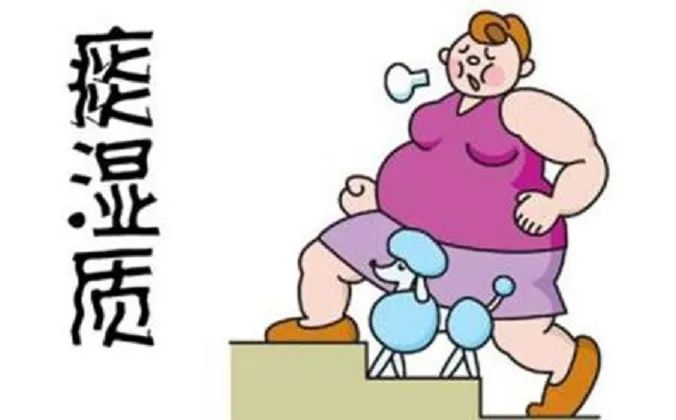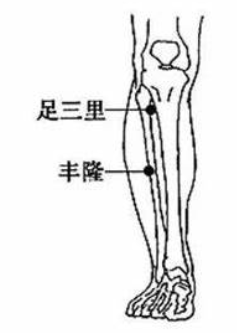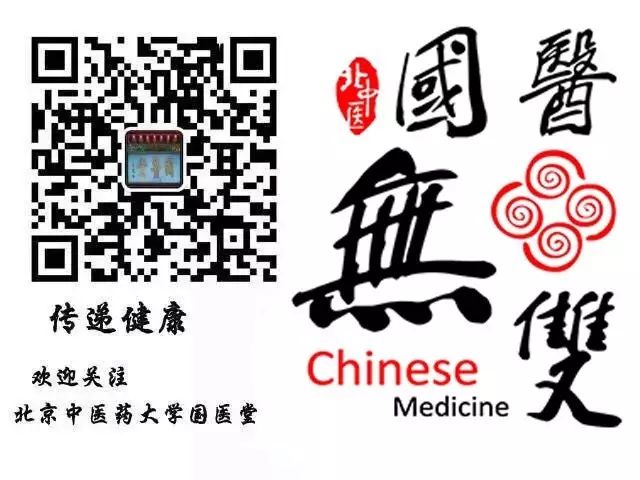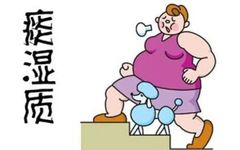Traditional Chinese Medicine (TCM) advocates for health preservation tailored to individuals, times, and places. The general principle is to harmonize yin and yang, align with nature, maintain a cautious lifestyle, regulate the organs, ensure smooth meridian flow, and nurture both body and spirit. The TCM philosophy of individualization is reflected in health preservation as “nurturing according to the person” and “protecting according to the constitution.” Health preservation should be based on different constitution types, implementing personalized care.

Individuals with a phlegm-damp constitution are prone to obesity, a preference for rich and fatty foods, fatigue, laziness, excessive sleepiness, a heavy body sensation, a sticky mouth, or loose stools, with a slippery and soft pulse, a swollen tongue, and a greasy tongue coating. If ill, they may experience chest and abdominal fullness, cough with excessive phlegm; or reduced appetite, nausea, vomiting, and diarrhea; or edema in the limbs, with a pitting effect upon pressure, and difficulty or turbidity in urination; or a heavy sensation in the head and body, joint pain, and numbness of the skin; or excessive vaginal discharge in women. Today, we will discuss methods for mental regulation, exercise, daily care, and acupuncture and massage for those with a phlegm-damp constitution.
“
1
Mental Regulation
A positive mindset is essential. Individuals with a phlegm-damp constitution tend to have a gentle personality, are steady in their actions, and are often patient. However, due to the internal accumulation of phlegm-damp, which obstructs yang energy, they may easily feel fatigued. Therefore, it is advisable to participate in social activities and cultivate a wide range of interests and hobbies. Listening to lively and uplifting music, such as Strauss’s waltzes, Bizet’s “Carmen Overture,” “Radetzky March,” and Erhu pieces like “Horse Racing,” can also be beneficial.

“
2
Exercise Regulation
Exercise should be sustained. Individuals with a phlegm-damp constitution often have obesity and a heavy body, making them prone to fatigue. Therefore, they should gradually increase their exercise intensity based on their specific conditions and maintain a long-term exercise regimen. All forms of physical fitness aimed at simple obesity are suitable for those with a phlegm-damp constitution, such as brisk walking, jogging, various ball sports, swimming, practicing martial arts, and suitable dance forms. Aerobic exercise should be performed for a longer duration. Generally, warm-up should last about 15 minutes, gradually increasing the intensity, and exercise should occur between 2:00 PM and 4:00 PM, when yang energy is at its peak, in a warm and pleasant environment.
For those with higher body weight, the exercise load should be adjusted accordingly, paying attention to the rhythm of exercise and progressing gradually to ensure safety. For those who are overweight and have poor land-based exercise capacity, swimming is recommended.

“
3
Daily Care
Avoid dampness in daily life. The phlegm-damp constitution is characterized by an excess of dampness, making it unsuitable to stay in humid environments for long periods. Dampness can obstruct the flow of qi and hinder yang energy. Therefore, living environments should be warm and dry, and clothing should be breathable to disperse moisture, primarily using natural fibers such as cotton, linen, and silk, which facilitate sweat evaporation and eliminate internal dampness.
Individuals with a phlegm-damp constitution tend to be sleepy, so it is advisable to reduce sleep duration appropriately and avoid excessive comfort. When sleeping at night, pillows should not be too high to prevent worsening snoring; outdoor activities should be encouraged to promote yang energy and facilitate qi flow.

“
4
Acupuncture and Massage
1. Acupuncture Points: Fenglong (Fenglong) and Zusanli (Zusanli).
(1) Fenglong is located at the midpoint of the line connecting the outer knee eye (Dubizi) and the tip of the outer ankle, 2 horizontal finger widths outside the anterior crest of the tibia. The point is accessed while sitting with the knee bent or lying supine. Fenglong is a point on the Stomach meridian, connecting with the Spleen meridian, and is a key point for transforming phlegm, effective in resolving dampness and phlegm.

(2) Zusanli is located four horizontal finger widths below the patella, in the depression below the kneecap when the knee is bent at a right angle, about one thumb width away from the anterior crest of the tibia. Zusanli is a lower he-sea point of the Stomach, which has the effect of tonifying the Spleen and Stomach and transforming phlegm.


Text by: Wu Taotao
Layout by: Wu Taotao
References: Wang Qi. TCM Constitution Theory [M]. Beijing: China Traditional Chinese Medicine Publishing House, 2021.


